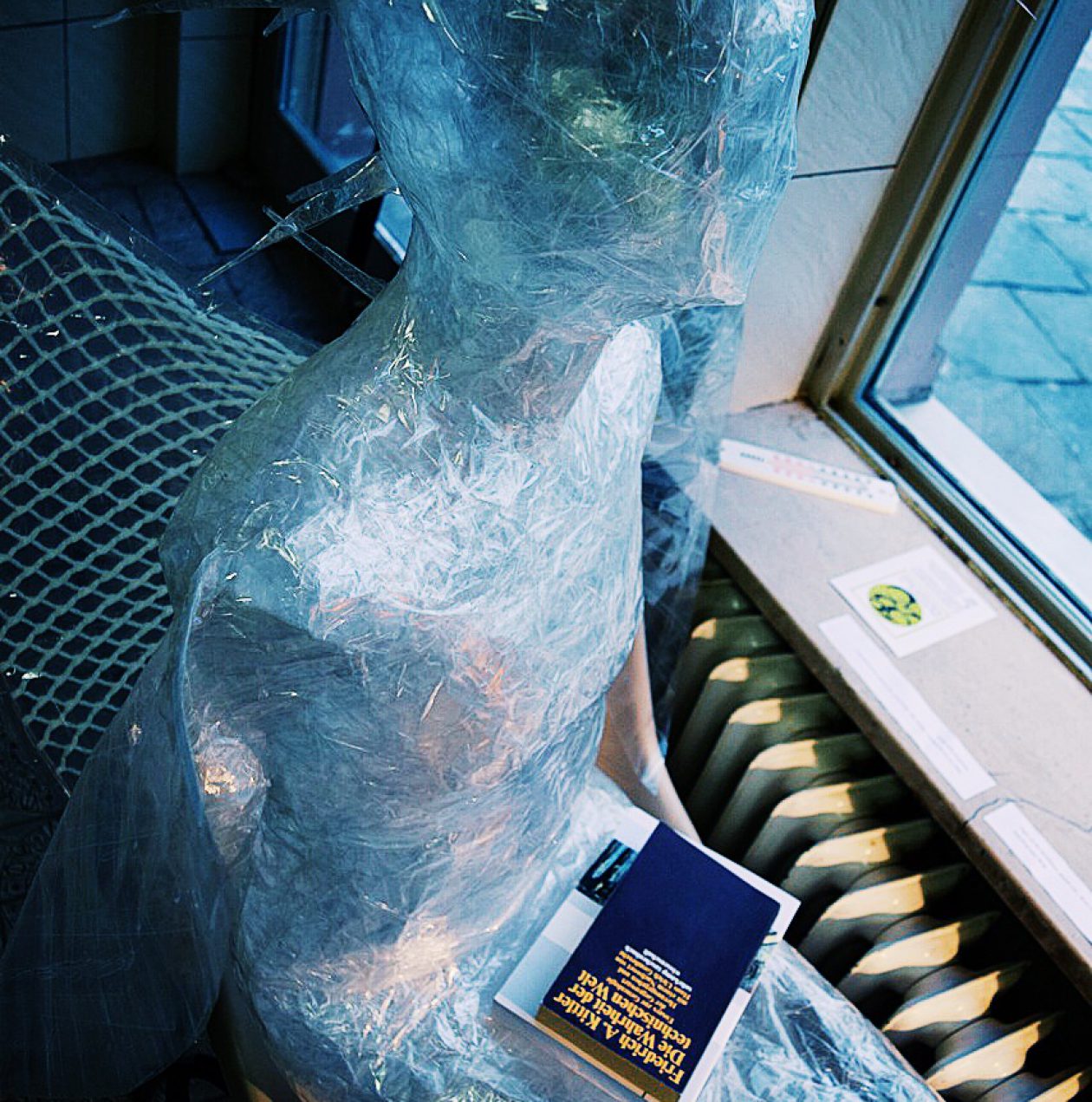Lou Andreas Salome foreshadowed many themes within 2nd wave feminism in “The Human Family:Stories”. These themes/topics revolve around the confinements of women in their gender roles, mainly in relation to their sexual purpose/depiction, and the discrimination they face within the workforce/their political and economic rights.
Betty Friedan published “The Feminine Mystique” in 1963. The text was one of the starting points for second wave feminism, and is still seen as one of the most important feminist books in history. The story talks of Friedan’s experience as a housewife, and the unrealistic expectations she forced herself to live up to during that process, only to find it was a very empty, shallow experience, over shadowed by the “feminine mystique”. She also criticizes Freud and his concept of “penis envy”(which is an interesting thing to explore, since Salome was a student of Freud and yet he was known for being very misogynistic, so it would be interesting where she stood in regards to those beliefs) and deconstructs Maslow’s hierarchy of needs, stating that while men can reach the highest level of self actualization, women are trapped at the physiological level, and are limited to their sexual role. An example of this could be women and their depictions in film- men are often the protagonist, whereas women are often the secondary characters, either as a romantic interest (thus fulfilling their sexual role) or aiding them in some way. However depictions of female protagonists with zero romantic sub plot are much harder to find.
Lou Andreas Salome is ahead of her time in this awareness of “the feminine mystique” and this awareness makes itself apparent several times throughout the story, for example while Hildegard dreams of flying, thus dreaming of escaping the entrapments of the feminine mystique and it’s confinements upon her as a housewife, or when Marfa becomes a doctor and a career driven woman and loses respect from her old teacher/love interest- it seems that women long to fully “self actualize” but can’t.
Source: https://www.youtube.com/watch?v=iDZh3nY9clY
The above link is an interview with Betty Friedan on some of the concepts within her book.

It is fascinating the extent at which these issue are also very pervasive today. Feminist popular discourse argues so heavily for the inclusion and creation of strong independent female characters in film and television, while trying to steer away from one-dimensional narratives of women being love interests or interested only by romance as the pillar of their character arc.
LikeLike
It is so annoying that this trope is still so present today in everything. I found a good quote from an article talking about the manic pixie dream.
“By then, the term MPDG had lost most of its usefulness anyway, thanks to overuse. It was levied, criminally, at Diane Keaton in Annie Hall and Zooey Deschanel, the actual person. How could a real person’s defining trait be a lack of interior life?” (https://www.thecut.com/2013/07/manic-pixie-dream-girl-has-died.html) I think this really sums up the problem with that trope; it’s not that women characters cannot be super happy, and like cute things, it’s that it is their sole purpose and beyond their cutesie whimsical attitude, they have no substance. I found this comedy sketch about what happens to manic pixie dream girls after they have served their purpose of teaching brooding men to enjoy life: https://www.youtube.com/watch?v=7hyIlrfGR5g
Just as a side note, for the final version of the FIP I think you should combine all the parts of your presentation into one post.
LikeLike